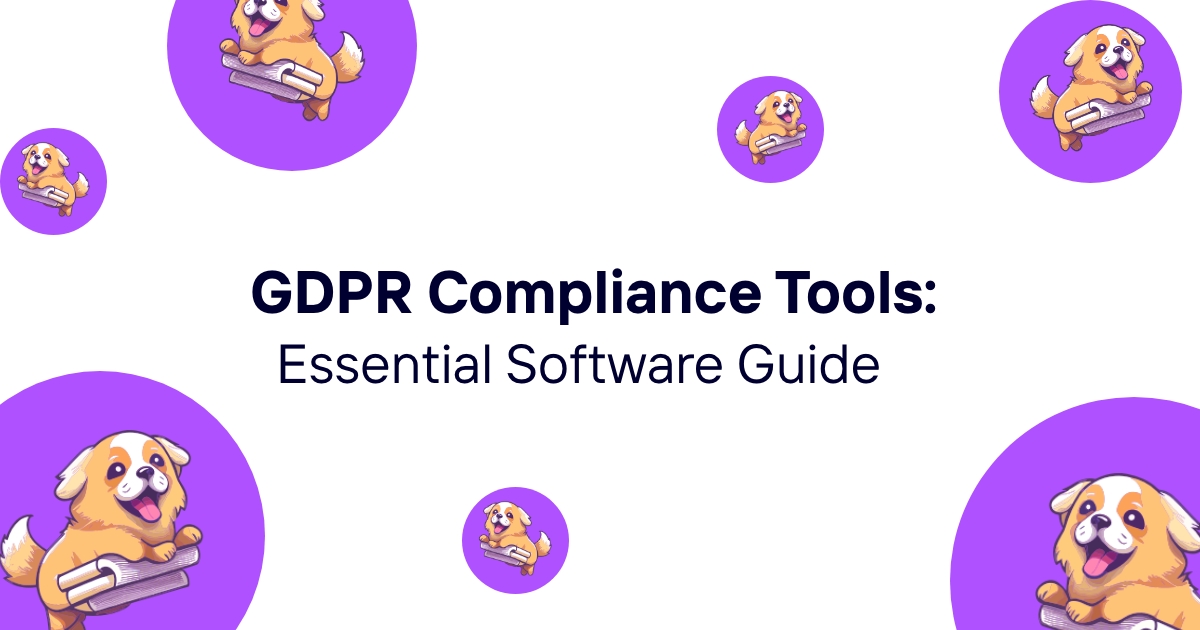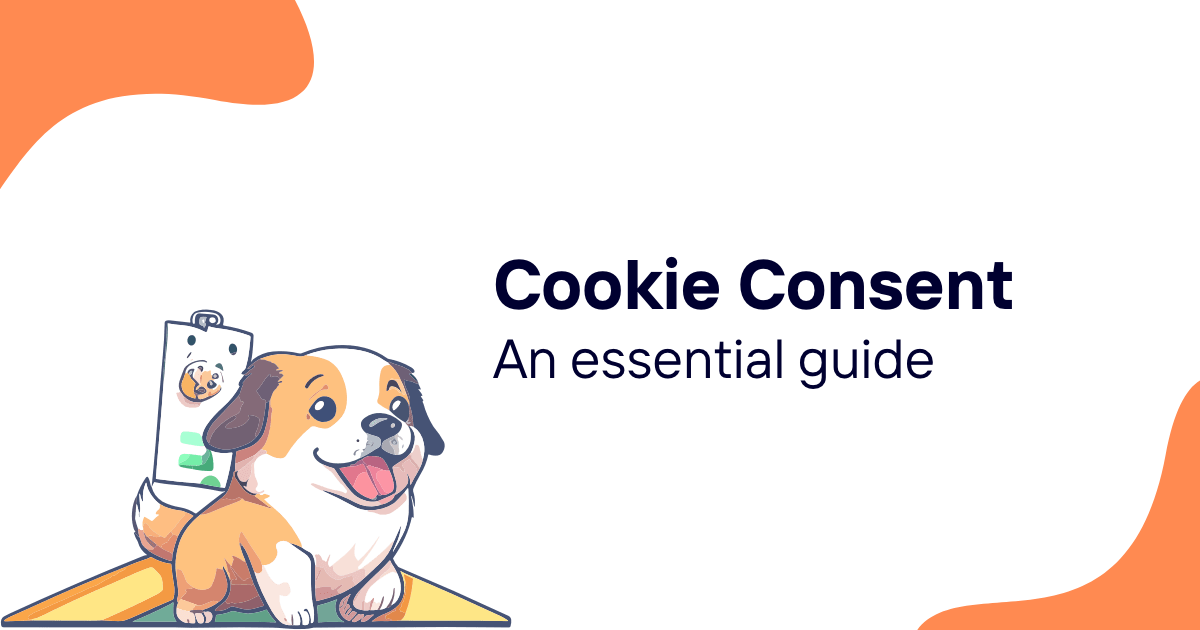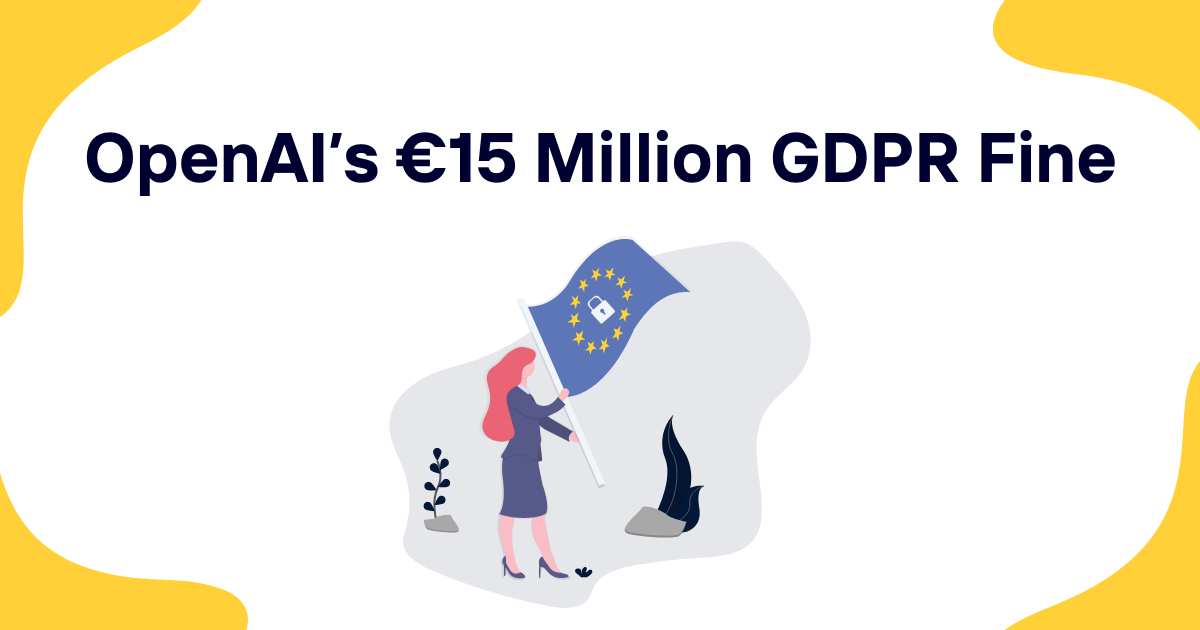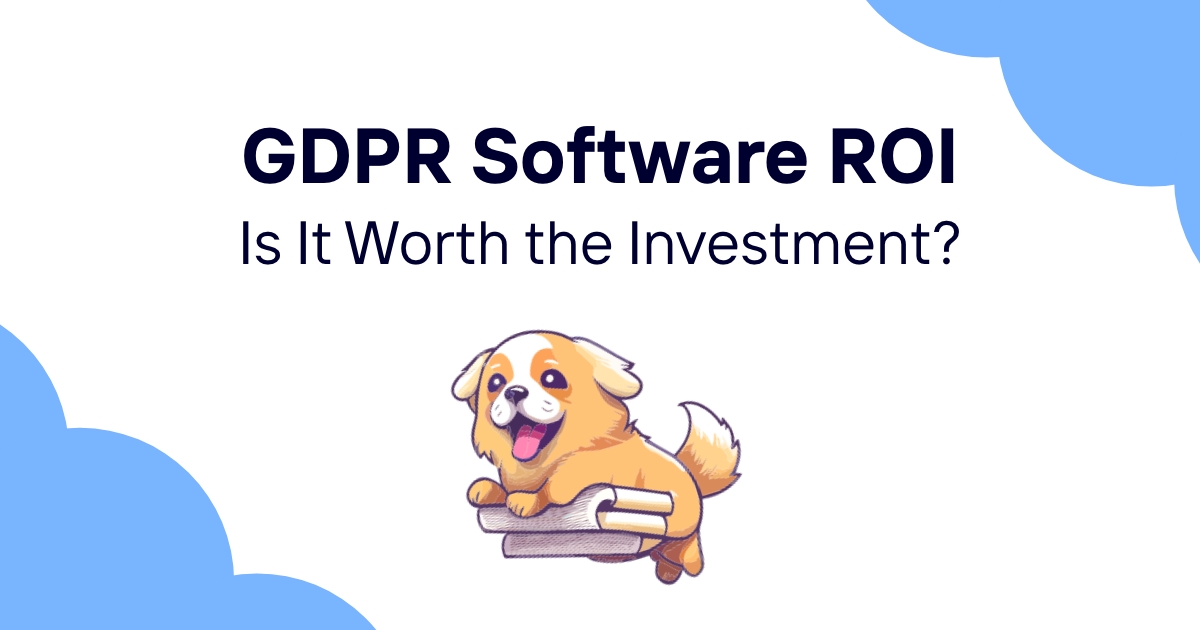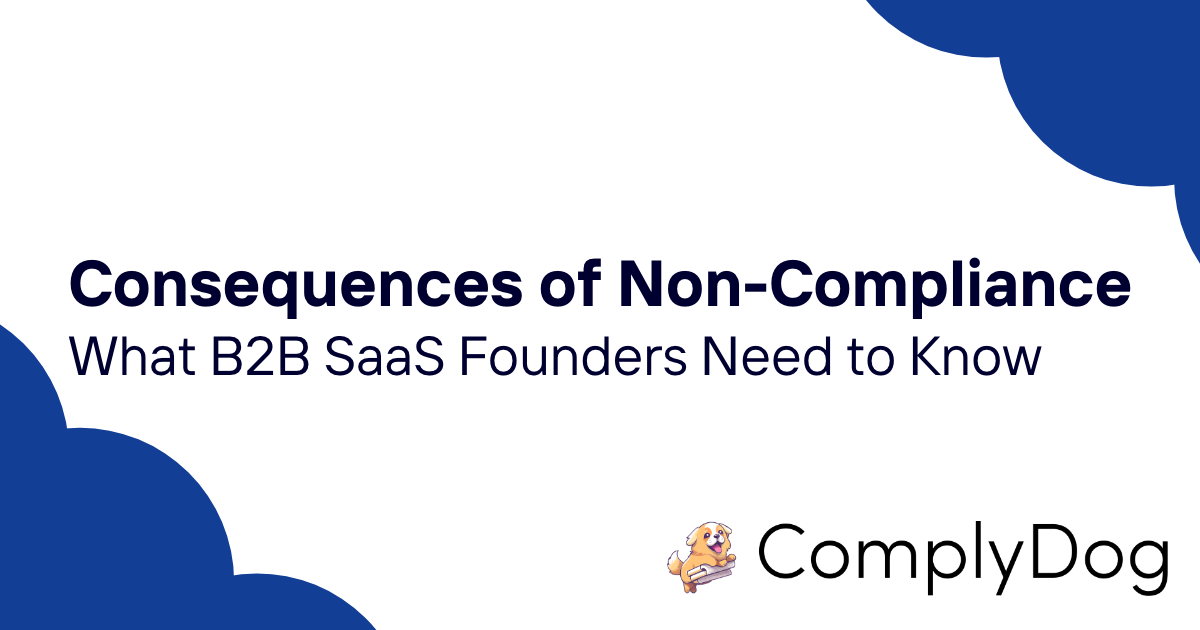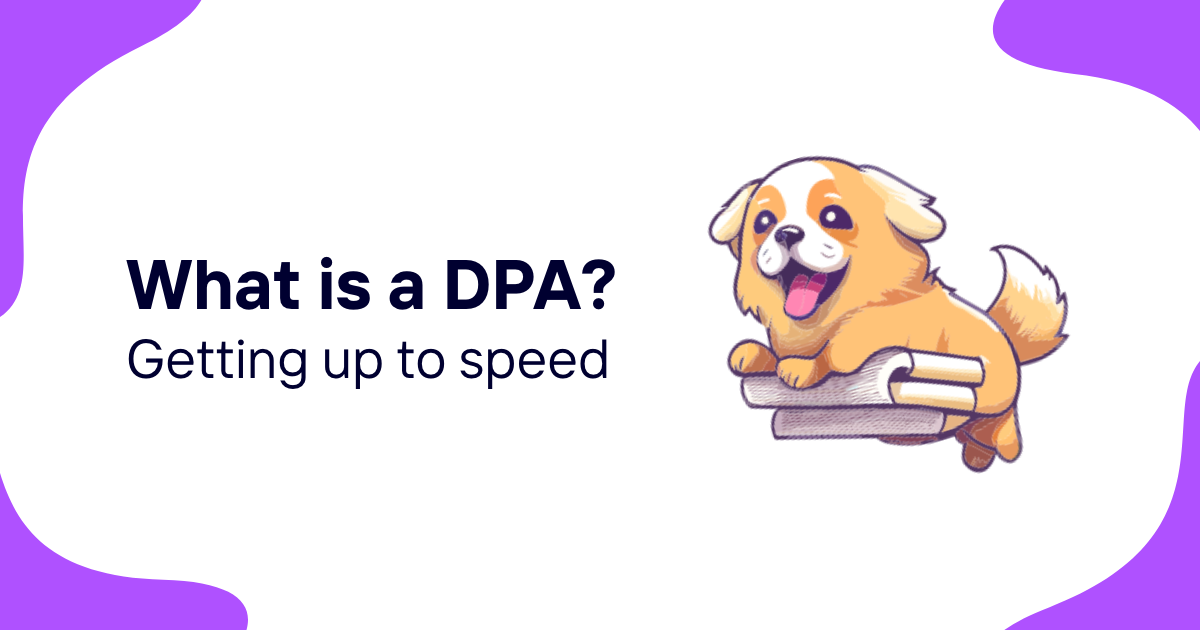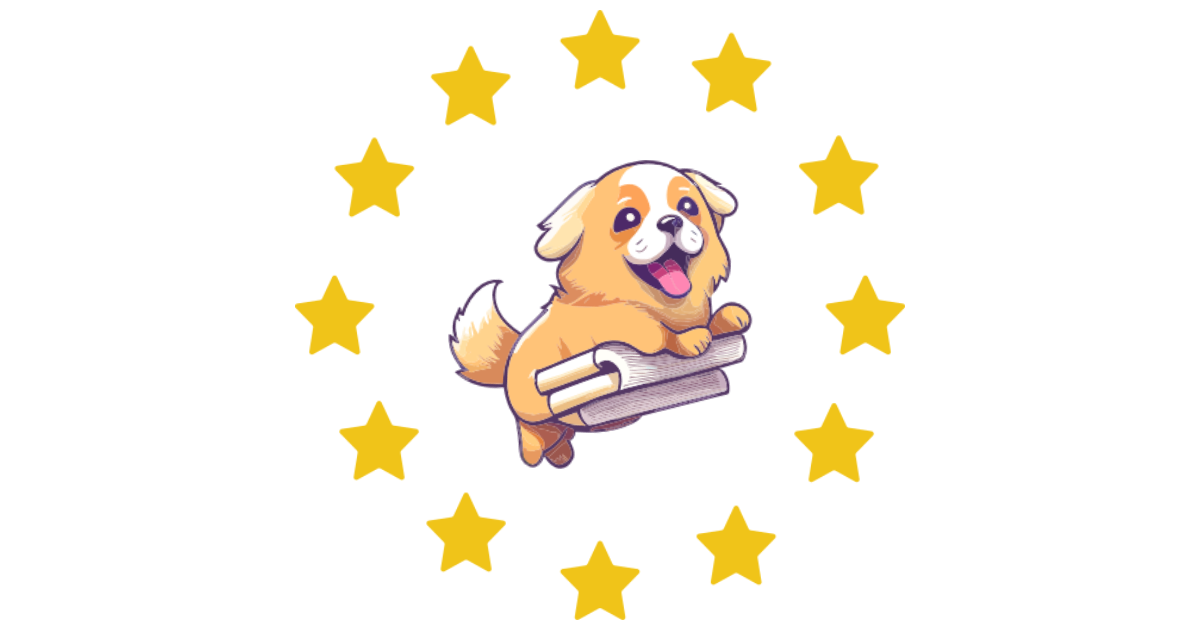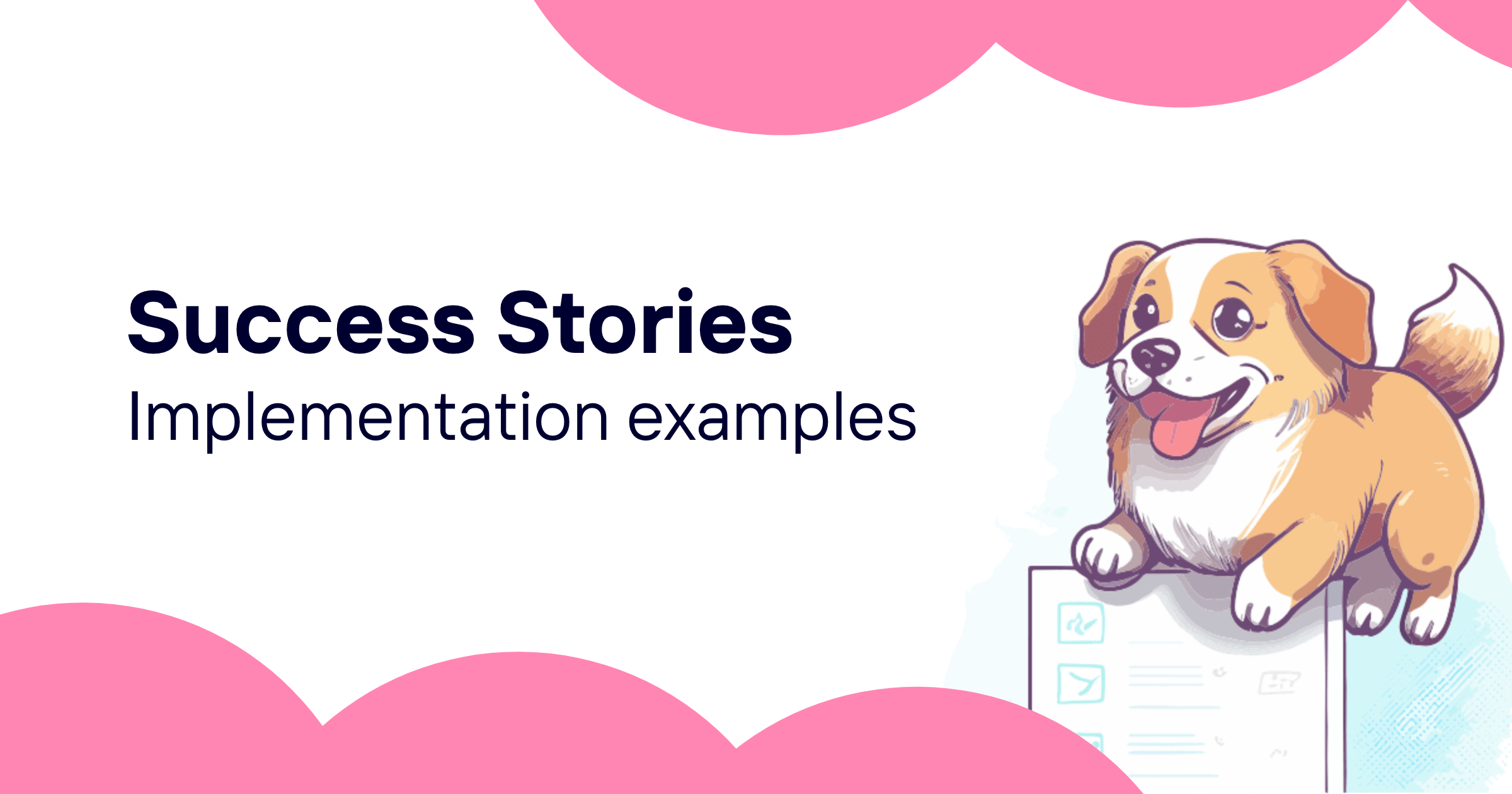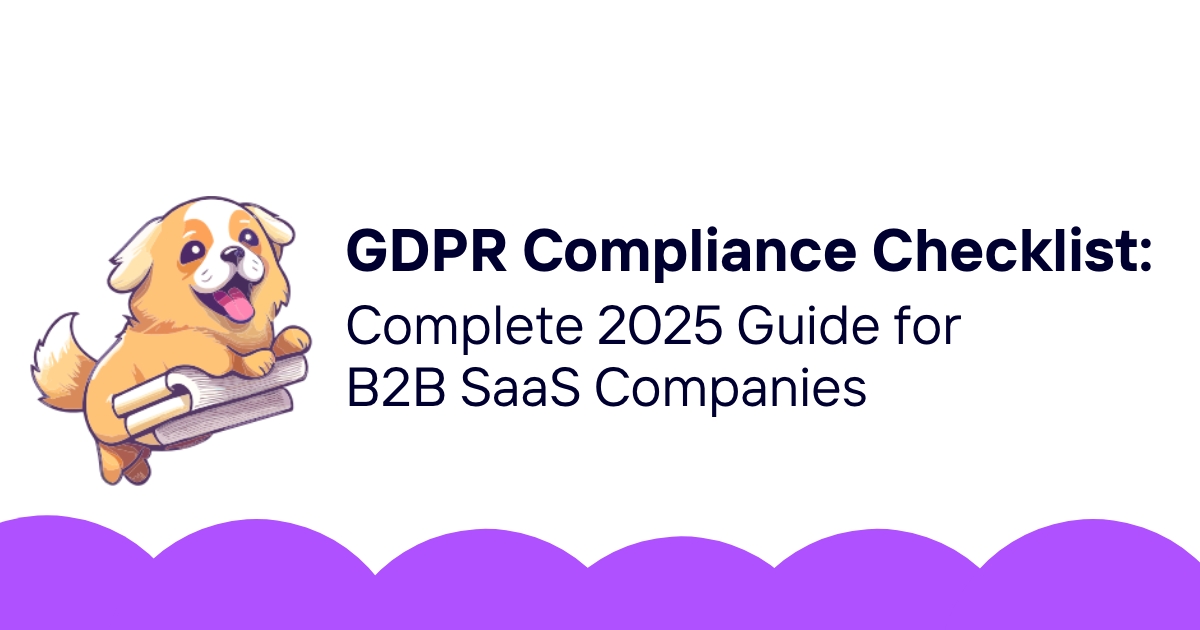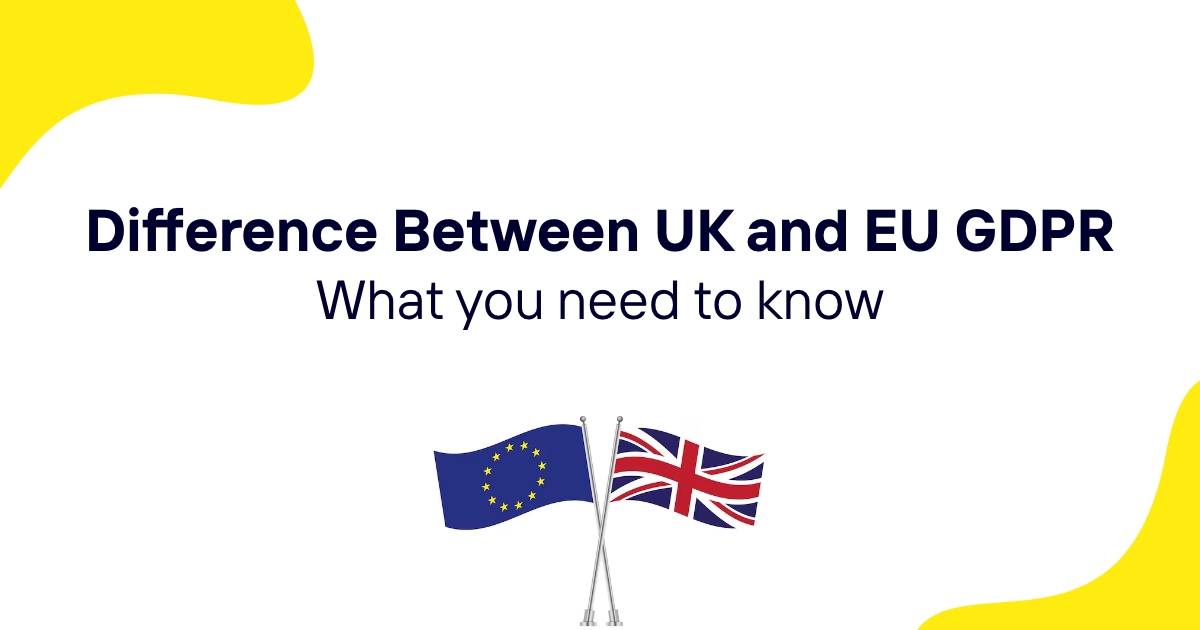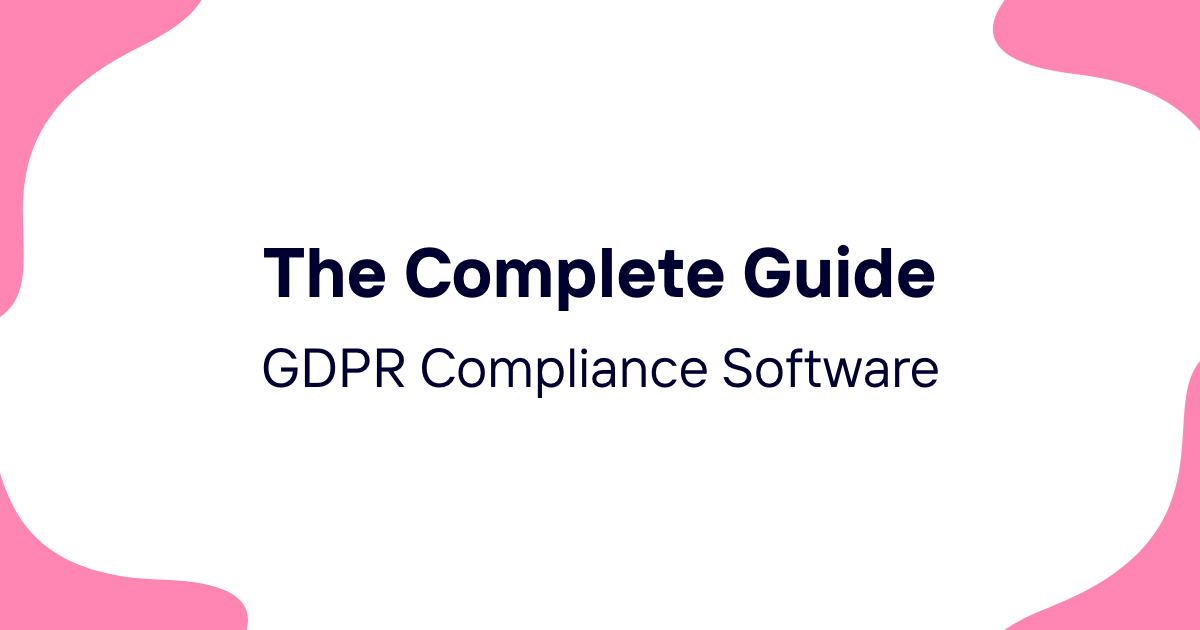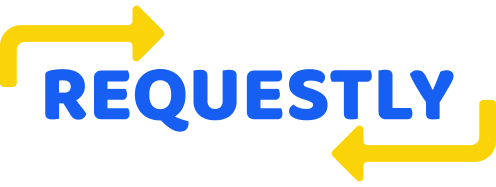GDPR compliance requires a comprehensive toolkit of specialized software solutions that address different aspects of data protection and privacy management. From data discovery to rights management, organizations need tools that work together to create systematic compliance while maintaining operational efficiency.
This essential guide examines the most important GDPR compliance tools, explaining their functions, benefits, and how they integrate to support comprehensive privacy programs. Understanding these tools helps organizations build effective compliance systems that scale with business growth.
Essential GDPR Compliance Tools Overview
GDPR compliance tools encompass various software solutions designed to address specific aspects of data protection regulation requirements while supporting broader privacy program objectives.
Tool Categories and Functions
GDPR compliance tools fall into several distinct categories, each addressing specific compliance requirements:
Data Discovery and Mapping Tools: Software that automatically identifies personal data across organizational systems and maps data flows for compliance visibility.
Consent Management Tools: Platforms for collecting, tracking, and managing user consent across websites and digital properties.
Privacy Rights Management Tools: Systems for processing individual rights requests including access, deletion, and correction requests.
Risk Assessment Tools: Software for conducting privacy impact assessments and evaluating compliance risks.
Documentation Tools: Platforms for maintaining compliance records, policies, and audit documentation.
Monitoring and Analytics Tools: Systems for tracking compliance performance and identifying potential issues.
Integration and Ecosystem Considerations
Effective GDPR compliance requires tools that work together rather than operating in isolation:
Data Sharing Capabilities: Tools must share information effectively to provide comprehensive compliance management without data silos.
Workflow Integration: Compliance processes should flow smoothly between different tools without manual data transfer or coordination.
Unified Reporting: Organizations benefit from consolidated reporting that combines information from multiple compliance tools.
Single Sign-On Support: User access management across multiple tools requires integrated authentication and authorization.
API Connectivity: Modern tools should provide robust APIs that enable custom integrations and workflow automation.
Build vs Buy Considerations
Organizations must decide whether to build custom tools or purchase existing solutions:
Custom Development Benefits: Tailored functionality that exactly matches organizational needs and existing systems.
Commercial Tool Advantages: Proven functionality, regulatory updates, ongoing support, and faster implementation.
Hybrid Approaches: Combining commercial tools with custom integrations and modifications.
Resource Requirements: Assessment of technical resources available for tool development, implementation, and maintenance.
Compliance Risk: Evaluation of compliance risks associated with custom development versus proven commercial solutions.
Tool Selection Criteria
Choosing appropriate GDPR tools requires systematic evaluation across multiple dimensions:
Functional Requirements: Specific compliance capabilities needed based on organizational data processing activities.
Technical Compatibility: Integration requirements with existing systems and technology infrastructure.
Scalability Needs: Ability to handle current and projected data volumes, user counts, and business complexity.
Usability Requirements: User experience needs for different stakeholder groups including legal, IT, and business teams.
Budget Constraints: Total cost of ownership including licensing, implementation, and ongoing operational costs.
Data Mapping and Discovery Tools
Data discovery and mapping tools provide foundational visibility into personal data across organizational systems, enabling comprehensive compliance management.
Automated Data Discovery Capabilities
Modern data discovery tools use sophisticated techniques to identify personal data across complex environments:
Pattern Recognition: Advanced algorithms that identify personal data using format patterns, field names, and content analysis.
Machine Learning Classification: AI-powered systems that learn from organizational data patterns and improve classification accuracy over time.
Multi-Source Scanning: Capability to discover data across databases, file systems, cloud storage, email, and business applications.
Real-Time Discovery: Continuous monitoring that identifies new personal data as it enters organizational systems.
Contextual Analysis: Intelligence that considers data context and usage patterns to improve classification accuracy.
Data Classification and Categorization
Systematic classification enables appropriate protection measures and compliance management:
Sensitivity Classification: Categorization based on data sensitivity levels including public, internal, confidential, and restricted.
Regulatory Classification: Alignment with specific regulatory categories such as GDPR special categories or industry-specific requirements.
Purpose-Based Classification: Categorization based on processing purposes including marketing, operations, analytics, and compliance.
Geographic Classification: Classification based on data subject location and applicable regulatory frameworks.
Retention Classification: Categorization that supports retention management based on legal requirements and business necessity.
Data Flow Mapping and Lineage
Understanding data movement enables comprehensive compliance oversight:
Source-to-Destination Tracking: Visual mapping of how personal data moves from collection points through processing systems.
Transformation Documentation: Recording how data is modified, aggregated, or combined throughout processing workflows.
Cross-System Integration Points: Identification of all locations where personal data crosses system or organizational boundaries.
Access Pattern Analysis: Understanding who accesses personal data, when, and for what business purposes.
Lifecycle Management: Tracking data throughout its complete lifecycle from collection through deletion.
Popular Data Discovery Tools
Several categories of tools address data discovery and mapping requirements:
Enterprise Data Governance Platforms: Comprehensive solutions like Collibra, Informatica, and Alation that provide data discovery within broader governance frameworks.
Specialized Privacy Discovery Tools: Focused solutions like Spirion, Ground Labs, and Varonis designed specifically for privacy compliance data discovery.
Cloud-Native Discovery: Tools like Microsoft Purview and AWS Macie designed for cloud environment data discovery and classification.
Database-Specific Tools: Specialized tools for specific database platforms and data warehouse environments.
Custom Discovery Solutions: Internally developed tools that address specific organizational requirements and system architectures.
Consent Management Tools
Consent management tools help organizations collect, track, and honor user consent preferences across digital touchpoints while maintaining compliance with GDPR requirements.
Consent Collection Capabilities
Effective consent tools provide sophisticated mechanisms for collecting valid consent:
Banner and Widget Management: Customizable consent banners and preference widgets for websites and mobile applications.
Granular Consent Options: Capability to collect separate consent for different processing purposes and data types.
Consent Validation: Tools that ensure consent meets GDPR requirements for being freely given, specific, informed, and unambiguous.
Multi-Language Support: Consent collection in appropriate languages for international user bases.
Age Verification: Special handling for children's consent including age verification and parental consent mechanisms.
Preference Management Systems
User-friendly preference centers enable ongoing consent management:
Self-Service Preference Centers: Intuitive interfaces that enable users to view and modify their consent preferences.
Granular Control Options: Detailed control over different types of data processing and communication preferences.
Consent History: Transparent display of consent history including dates, purposes, and changes over time.
Easy Withdrawal: Simple mechanisms for withdrawing consent that are as easy as giving consent.
Cross-Device Synchronization: Preference synchronization across different devices and platforms.
Consent Analytics and Optimization
Advanced consent tools provide analytics for optimization and compliance verification:
Consent Rate Analytics: Detailed analysis of consent rates across different purposes, channels, and user segments.
A/B Testing Capabilities: Tools for testing different consent approaches to optimize user experience and consent rates.
Compliance Monitoring: Ongoing monitoring of consent collection practices for regulatory compliance.
User Experience Analytics: Insights into how consent processes affect user behavior and website performance.
Conversion Impact Analysis: Understanding how consent collection affects business conversion rates and user engagement.
Leading Consent Management Platforms
Various platforms address consent management with different approaches and capabilities:
Cookiebot: Comprehensive cookie consent management with automated scanning and classification capabilities.
OneTrust Cookie Consent: Enterprise-grade consent management integrated with broader privacy management capabilities.
Usercentrics: European-focused consent management platform with strong GDPR compliance features.
Didomi: Advanced consent management with sophisticated preference centers and cross-device synchronization.
TrustArc Cookie Consent: Consent management integrated with broader privacy program management tools.
As outlined in our enterprise vs SMB GDPR solutions guide, consent management complexity varies significantly based on organizational size and digital footprint.
Privacy Rights Management Tools
Privacy rights management tools enable efficient processing of individual rights requests while ensuring compliance with GDPR timelines and requirements.
Request Intake and Processing
Comprehensive rights management requires sophisticated intake and processing capabilities:
Multi-Channel Request Capture: Systems that capture rights requests from email, web forms, phone calls, and customer service interactions.
Automated Request Classification: Intelligence that automatically identifies request types and routes them appropriately.
Identity Verification: Secure but accessible methods for verifying requester identity while preventing fraudulent requests.
Request Tracking: Comprehensive tracking of request status, processing steps, and completion timelines.
Communication Management: Automated and manual communication tools for keeping requesters informed throughout the process.
Data Retrieval and Compilation
Efficient rights processing requires automated data retrieval across organizational systems:
Cross-System Data Discovery: Capability to locate personal data across databases, applications, and storage systems.
Automated Data Compilation: Systems that automatically compile comprehensive personal data profiles for access requests.
Data Format Management: Tools that present personal data in user-friendly formats that meet regulatory requirements.
Quality Assurance: Verification processes that ensure response completeness and accuracy before delivery.
Secure Data Handling: Protection of personal data throughout the request processing workflow.
Response Generation and Delivery
Professional response generation ensures compliance while maintaining user experience:
Automated Response Assembly: Tools that automatically compile responses including required information and explanations.
Template Management: Customizable response templates that ensure consistency and compliance across all requests.
Secure Delivery: Protected delivery mechanisms that maintain confidentiality during response transmission.
Audit Documentation: Comprehensive logging of all rights processing activities for compliance verification.
Follow-Up Management: Tools for managing follow-up questions and ensuring complete request resolution.
Rights Management Platforms
Various platforms address rights management with different sophistication levels:
DataGrail: Automated privacy operations platform focused on rights request processing and vendor discovery.
Ethyca Fides: Open-source privacy engineering platform with comprehensive rights management capabilities.
TrustArc Rights Management: Enterprise rights processing integrated with broader privacy management tools.
Osano Data Subject Requests: Streamlined rights processing designed for mid-market organizations.
Custom Rights Management: Internally developed solutions that integrate with existing customer service and business systems.
Audit and Assessment Tools
Audit and assessment tools help organizations evaluate compliance status, identify risks, and demonstrate accountability to regulators and stakeholders.
Privacy Impact Assessment Tools
Systematic privacy impact assessments require structured tools and workflows:
Assessment Templates: Standardized templates that guide users through comprehensive privacy impact evaluations.
Risk Scoring: Quantitative and qualitative risk assessment tools that help prioritize mitigation efforts.
Mitigation Tracking: Tools for documenting and tracking implementation of risk mitigation measures.
Stakeholder Collaboration: Workflow tools that enable collaboration between legal, technical, and business teams.
Regulatory Alignment: Templates and guidance aligned with specific regulatory requirements and authority guidance.
Compliance Audit Capabilities
Comprehensive audit tools support both internal assessments and regulatory examinations:
Audit Planning: Tools for planning and scoping compliance audits including resource allocation and timeline management.
Evidence Collection: Systems for gathering and organizing compliance evidence from various sources.
Finding Management: Tools for documenting audit findings, assessing their significance, and tracking remediation.
Report Generation: Automated generation of audit reports for different audiences including executives and regulators.
Remediation Tracking: Ongoing tracking of remediation activities and compliance improvement efforts.
Vendor Risk Assessment
Third-party risk assessment tools help manage complex vendor relationships:
Vendor Questionnaires: Standardized questionnaires for assessing vendor privacy and security practices.
Risk Scoring: Automated risk scoring based on vendor responses and external risk indicators.
Contract Management: Integration with contract management for tracking data processing agreements and compliance requirements.
Ongoing Monitoring: Tools for continuously monitoring vendor compliance and security status.
Remediation Management: Workflow tools for managing vendor remediation activities and compliance improvements.
Assessment and Audit Platforms
Various platforms provide audit and assessment capabilities:
TrustArc Assessments: Comprehensive privacy assessment and audit tools with regulatory guidance.
OneTrust Assessments: Enterprise assessment tools integrated with broader privacy management capabilities.
MetricStream GRC: Governance, risk, and compliance platform with privacy assessment capabilities.
LogicGate Risk Cloud: Risk management platform with privacy and compliance assessment features.
Custom Assessment Tools: Internally developed assessment tools that integrate with existing risk management frameworks.
Documentation and Reporting Tools
Documentation and reporting tools help organizations maintain compliance records and generate reports for stakeholders and regulators.
Record Keeping Systems
Comprehensive record keeping supports accountability requirements:
Processing Activity Records: Systems for maintaining detailed records of all personal data processing activities as required by GDPR Article 30.
Policy Management: Tools for developing, maintaining, and communicating privacy policies and procedures.
Training Documentation: Systems for tracking privacy training completion and maintaining competency records.
Incident Records: Comprehensive logging of privacy incidents including investigation, response, and remediation activities.
Audit Trail Management: Detailed logging of all compliance activities for accountability and regulatory examination.
Compliance Reporting Capabilities
Automated reporting supports various stakeholder needs:
Regulatory Reports: Automated generation of reports required by data protection authorities and regulatory agencies.
Executive Dashboards: High-level compliance status reporting appropriate for board and senior leadership review.
Operational Reports: Detailed reports for compliance teams that provide actionable information for day-to-day management.
Stakeholder Communication: Reports designed for sharing with customers, partners, and other external stakeholders.
Public Transparency: Tools for creating public-facing privacy reports and transparency documents.
Document Management Integration
Effective documentation requires integration with broader document management systems:
Version Control: Systematic version control for policies, procedures, and compliance documentation.
Approval Workflows: Automated workflows for document review, approval, and publication.
Access Controls: Appropriate access controls that protect sensitive compliance information while enabling necessary access.
Search and Retrieval: Efficient search capabilities that enable quick location of relevant compliance documentation.
Archive Management: Long-term retention and archival of compliance documents for historical reference and regulatory requirements.
Documentation Platforms
Various platforms address documentation and reporting requirements:
SharePoint and Office 365: Microsoft collaboration platforms with privacy-specific templates and workflows.
Google Workspace: Google collaboration tools with privacy documentation and approval workflows.
Confluence and Jira: Atlassian collaboration tools adapted for privacy documentation and project management.
Box and Dropbox: Cloud storage platforms with privacy-specific access controls and workflow capabilities.
Specialized Compliance Platforms: Purpose-built compliance documentation platforms with privacy-specific features.
As discussed in our data compliance software guide, comprehensive documentation capabilities are essential for demonstrating accountability and regulatory compliance.
Integrated GDPR Platforms vs Point Solutions
Organizations must decide between comprehensive platforms that address multiple compliance requirements and specialized point solutions that focus on specific needs.
Integrated Platform Advantages
Comprehensive platforms provide several benefits that can outweigh the flexibility of point solutions:
Unified Data Management: Single platforms that provide consistent data classification, protection, and lifecycle management across all compliance activities.
Streamlined Workflows: Integrated processes that eliminate manual coordination between different tools and reduce operational complexity.
Consistent User Experience: Single interfaces that reduce training requirements and improve user adoption across the organization.
Simplified Vendor Management: Single vendor relationships that reduce procurement complexity and support coordination requirements.
Comprehensive Reporting: Unified dashboards that provide complete visibility into compliance status across all privacy activities.
Point Solution Benefits
Specialized tools offer advantages in specific circumstances:
Best-of-Breed Functionality: Specialized tools often provide superior capabilities in their focus areas compared to general-purpose platforms.
Implementation Flexibility: Point solutions typically offer more customization options and flexible deployment approaches.
Lower Entry Costs: Specialized tools often have lower initial costs and enable incremental compliance capability building.
Vendor Independence: Multiple vendor relationships reduce dependency risks and provide more negotiating leverage.
Innovation Focus: Specialized vendors often lead innovation in their specific domains.
Hybrid Implementation Strategies
Many organizations successfully combine integrated platforms with specialized tools:
Core Platform Approach: Using comprehensive platforms for foundational compliance with specialized tools for high-requirement areas.
Phased Integration: Beginning with point solutions and gradually consolidating onto integrated platforms as needs become clear.
Strategic Specialization: Maintaining specialized tools for critical business functions while using integrated platforms for standard compliance.
Best-of-Breed Integration: Carefully selecting specialized tools that integrate well with comprehensive platforms.
Decision Framework
Several factors help determine the appropriate approach:
Organizational Complexity: Complex organizations often benefit from integrated platforms that provide consistency across diverse operations.
Technical Resources: Organizations with limited IT resources often prefer integrated platforms that reduce management complexity.
Compliance Maturity: Mature compliance programs may benefit from specialized tools that enhance existing capabilities.
Budget Structure: Budget allocation and procurement processes may favor different approaches.
Growth Trajectory: Rapidly growing organizations often benefit from scalable integrated platforms.
Tool Selection and Implementation Guide
Successful GDPR tool selection and implementation requires systematic approaches that align tool capabilities with organizational needs and constraints.
Requirements Assessment
Effective tool selection begins with comprehensive requirements analysis:
Functional Requirements: Detailed documentation of specific compliance capabilities needed based on organizational data processing activities.
Technical Requirements: Assessment of integration needs, security requirements, and performance expectations.
User Requirements: Understanding of user experience needs for different stakeholder groups including legal, IT, and business teams.
Compliance Requirements: Documentation of specific regulatory requirements and industry standards that tools must support.
Operational Requirements: Evaluation of ongoing management needs, support requirements, and operational constraints.
Evaluation Methodology
Structured evaluation processes ensure comprehensive assessment:
Vendor Research: Systematic research of available tools including feature comparison and market analysis.
Proof of Concept: Limited pilot implementations to validate tool capabilities and user experience.
Reference Verification: Communication with existing customers to understand real-world performance and satisfaction.
Total Cost Analysis: Comprehensive cost evaluation including licensing, implementation, and ongoing operational expenses.
Risk Assessment: Evaluation of risks associated with different tool options including technical, financial, and operational risks.
Implementation Planning
Successful implementation requires careful planning and resource allocation:
Project Planning: Comprehensive project plans with clear timelines, resource assignments, and milestone definitions.
Change Management: Planning for organizational change including communication, training, and support strategies.
Technical Integration: Detailed plans for integrating tools with existing systems and technology infrastructure.
Testing Strategy: Systematic testing approaches that validate tool functionality and integration effectiveness.
Rollout Strategy: Phased deployment approaches that minimize risks while building organizational capability.
Success Measurement
Ongoing measurement ensures tools provide expected value and support continuous improvement:
Performance Metrics: Key performance indicators that track tool effectiveness and user adoption.
Compliance Metrics: Measures that verify tools support compliance objectives and regulatory requirements.
User Satisfaction: Regular assessment of user experience and satisfaction with tool functionality and support.
Business Impact: Evaluation of tool impact on business operations, efficiency, and competitive positioning.
Continuous Optimization: Ongoing tool optimization based on performance data and user feedback.
Building effective GDPR compliance requires selecting and implementing tools that work together to provide comprehensive privacy protection while supporting business objectives. The most successful approaches balance tool sophistication with organizational capability and practical implementation requirements.
For organizations seeking comprehensive GDPR compliance tools that work together seamlessly, integrated platforms often provide better value and easier management than assembling multiple point solutions that require complex coordination and integration.
Ready to implement comprehensive GDPR compliance tools that provide complete functionality without complexity? Use ComplyDog and get integrated compliance tools including data mapping, rights management, consent tracking, and comprehensive reporting in a single platform designed for efficient implementation and ongoing management.
